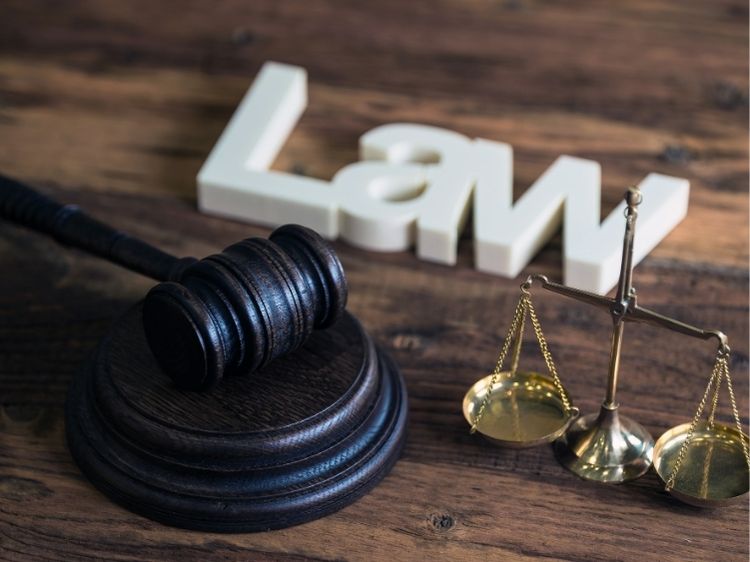Product Liability Lawsuit Cases: A Comprehensive Guide
Ever bought a product that didn’t quite meet expectations? Perhaps it even caused harm? If so, you’re not alone. Product liability lawsuit cases are more common than you might think, and they play a crucial role in holding manufacturers and sellers accountable for the safety of their products. But what exactly are these cases, and how do they unfold? In this article, we’ll dive deep into the world of product liability lawsuits, exploring real-life cases, legal principles, and what it all means for consumers like you.
Understanding Product Liability
Product liability refers to the legal responsibility of a manufacturer or seller for producing or selling a faulty product that causes injury or harm. Unlike other legal claims, product liability cases don’t require the injured party to prove negligence. Instead, the focus is on the product itself and whether it was defective.
Types of Product Defects
There are three main types of defects that can lead to product liability lawsuit cases:
- Design Defects: These occur when the design of a product is inherently dangerous or flawed. Even if manufactured correctly, a product with a design defect is still unsafe.
- Manufacturing Defects: These arise during the production process. A product might be safe by design, but something goes wrong during manufacturing, leading to a defect.
- Marketing Defects: Also known as “failure to warn,” these defects involve inadequate instructions or warnings about a product’s risks. If consumers aren’t properly informed about potential dangers, the manufacturer may be held liable.
Notable Product Liability Lawsuit Cases
To truly understand the impact of product liability lawsuits, let’s explore some real-life cases that made headlines.
1. McDonald’s Hot Coffee Case
- Background: In 1992, Stella Liebeck, a 79-year-old woman, spilled a cup of McDonald’s coffee in her lap, suffering third-degree burns.
- Lawsuit: Liebeck sued McDonald’s, claiming the coffee was dangerously hot and that the company had failed to warn customers.
- Outcome: The jury awarded Liebeck $2.7 million in punitive damages, later reduced to $480,000. This case is often cited in discussions about frivolous lawsuits, but it also highlighted the importance of product safety.
2. Johnson & Johnson Talcum Powder Case
- Background: For decades, women used Johnson & Johnson’s talcum powder for personal hygiene, unaware of the potential link to ovarian cancer.
- Lawsuit: Thousands of women filed lawsuits, claiming that the company knew about the risks but failed to warn consumers.
- Outcome: In 2018, a jury awarded $4.7 billion in damages to 22 women, marking one of the largest product liability verdicts in history.
3. Toyota Unintended Acceleration Case
- Background: Several Toyota vehicles were found to accelerate unexpectedly, leading to accidents and fatalities.
- Lawsuit: Toyota faced numerous lawsuits alleging that the company failed to address the issue or provide adequate warnings.
- Outcome: Toyota settled for $1.2 billion, one of the largest settlements in automotive history, and recalled millions of vehicles.
The Legal Process of a Product Liability Lawsuit
So, what happens if you find yourself in a situation where a product has caused harm? Here’s a step-by-step breakdown of the typical process involved in product liability lawsuit cases.
1. Filing the Complaint
- The injured party (plaintiff) files a lawsuit against the manufacturer, distributor, or retailer, outlining the alleged defect and the harm caused.
2. Discovery Phase
- Both parties gather evidence, including documents, expert testimony, and depositions, to build their case.
3. Settlement Negotiations
- Before the case goes to trial, the parties often engage in settlement negotiations. Many product liability cases are resolved through settlements rather than going to court.
4. Trial
- If a settlement isn’t reached, the case goes to trial. The plaintiff must prove that the product was defective and that the defect directly caused their injury.
5. Verdict and Compensation
- If the plaintiff wins, the court will award damages, which may include medical expenses, lost wages, and pain and suffering. In some cases, punitive damages are also awarded to punish the defendant and deter future misconduct.
FAQs about Product Liability Lawsuit Cases
Q1: What is the statute of limitations for filing a product liability lawsuit?
A: The statute of limitations varies by state but typically ranges from 2 to 4 years from the date of injury. It’s crucial to file within this time frame to preserve your right to sue.
Q2: Can I sue if I was partially at fault for the injury?
A: Yes, under the legal doctrine of comparative negligence, you can still recover damages even if you were partially at fault. However, your compensation may be reduced based on your degree of fault.
Q3: What should I do if I believe a product is defective?
A: Stop using the product immediately, document the defect and any injuries, and consult with a product liability attorney to assess your case.
Q4: Are there any defenses in product liability cases?
A: Yes, defendants may argue that the product was misused, the plaintiff assumed the risk, or that the defect didn’t cause the injury.
Conclusion
Product liability lawsuit cases serve as a critical check on manufacturers, ensuring that products on the market are safe for consumers. Whether it’s a faulty car, a dangerous drug, or a poorly designed appliance, these cases hold companies accountable for their products. If you ever find yourself injured by a defective product, understanding your legal rights and the process involved can be empowering. Remember, product safety isn’t just a legal issue—it’s a public health concern that affects us all.
Authoritative Links
- U.S. Consumer Product Safety Commission: www.cpsc.gov
- National Highway Traffic Safety Administration: www.nhtsa.gov
- Food and Drug Administration (FDA): www.fda.gov
- American Bar Association: www.americanbar.org

